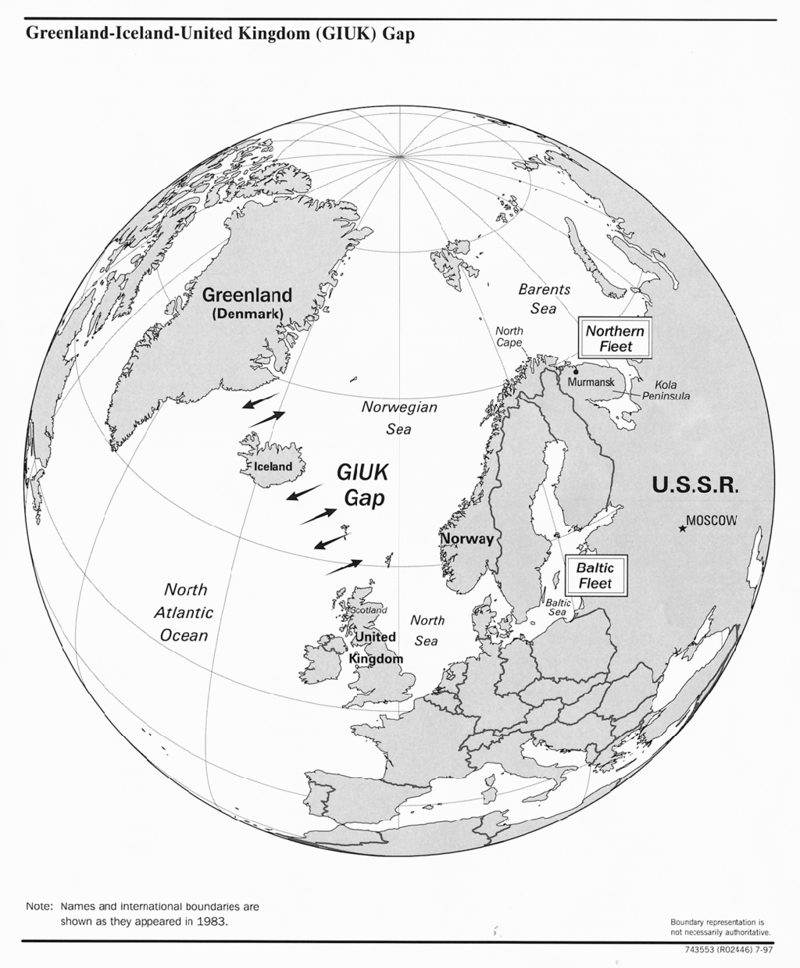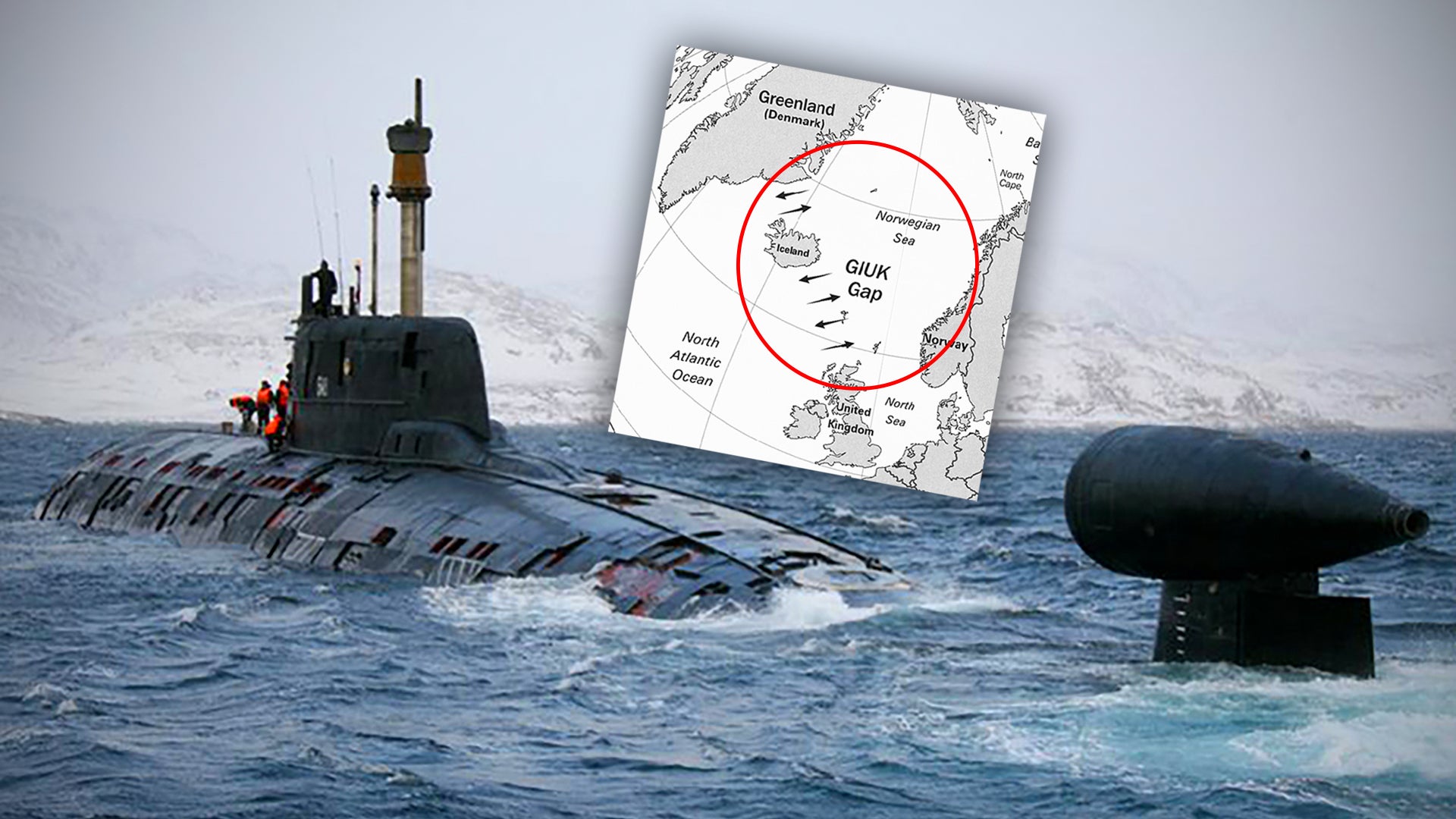The most extensive Russian underwater exercise since the end of the Cold War is currently underway in the frigid waters of the North Atlantic. No less than 10 Russian Navy submarines are reported to be involved, eight of which are nuclear powered, according to Norwegian intelligence.
The massive exercise is thought to include tests of new weapons and stressing of capabilities of individual classes of submarines involved, including long-duration, deeply submerged operations. The exercise is also likely to test U.S. and NATO forces’ ability to track Russia’s most capable boats as they push through the Greenland, Iceland, United Kingdom Gap, better known as the GIUK Gap—a major strategic bottleneck that is closely monitored. If Russian submarines can break through undetected, they have a far better chance of disappearing into the Atlantic to go about their potentially very deadly business without being traced. During a time of war, this can include wreaking havoc on Allied shipping and naval flotillas and executing pinpoint attacks on key land targets.
Norwegian news outlet NRK, which originally broke the story, states that Norwegian intelligence thinks it has a decent idea of where at least some of the submarines currently are, but this could change as the exercise could last as long as two months. The Barents Observer has the areas listed:
- Two nuclear submarines are west of the Bear Island, between Svalbard and Finnmark, the northernmost part of mainland Norway.
- Two submarines are south and east of the Bear Island, guarding the entrance to the eastern part of the Barents Sea.
- Two Sierra class nuclear submarines are training in the northern part of the Norwegian Sea.
The Sierra II class is among Russia’s most capable fast attack submarines, with their titanium hulls capable of withstanding greater depths than their steel counterparts. They are known to be extremely quiet, as well.

Also noted by NRK are the assumed goals of the large-scale drill (translated):
“The goal for some of the submarines is to get as far out into the Atlantic as possible without being discovered. The entire voyage from the Northern Fleet bases in the Murmansk region has been submerged… Russia’s goal is to show that they are able to threaten the US East Coast… Russia wants to say that “this is our sea”, we can do this. We are able to reach the United States… They want to test the West’s ability to detect and handle this…”

Russian submarines could also flood into the GIUK Gap and the waters off Norway in a defensive posture to keep American submarines and surface combatants from pushing northward during a crisis. This would protect strategic Russian naval ports on the Barents Sea, Russia’s ballistic missile boats patrolling the northernmost latitudes and hiding under the polar icecap, and its increasingly strategic territorial holdings in the Arctic.
After decades of atrophy, the U.S. and its allies are slowly rebuilding their anti-submarine warfare capabilities in and around the GIUK Gap. Most notably, the US Navy has bolstered its detachment of P-8 Poseidon maritime patrol aircraft that operate out of Iceland. The US Navy has also reactivated the 2nd Fleet and has greatly increased patrols and exercises in the North Atlantic.
Still, if a number of Russian submarines, including some of the country’s most elusive types, push south suddenly during the exercise, the U.S. and its allies may be very hard-pressed to keep track of all of them. This all comes at a time when America’s own submarine force is overtasked, as well. No matter how powerful a high-end nuclear fast attack submarine is, it can only be in one place at one time, and that place is the pier more often than not. Other U.S. and Allied naval assets with anti-submarine capabilities aren’t exactly in great supply either.
There is some good news in terms of extra help with keeping tabs on submarines in the North Atlantic coming in the not so distant future. The United Kingdom received the first of nine Poseidon MRA Mk1 (P-8A) Poseidons today. Once the fleet of aircraft is fully operational, it will plug a long-standing gap in the UK’s maritime patrol capability and could help greatly in monitoring and hunting for Russian submarines pushing south through the GIUK Gap.
We will keep you up to date with information as Russia’s big submarine drill unfolds in the North Atlantic.
Contact the author: Tyler@thedrive.com
